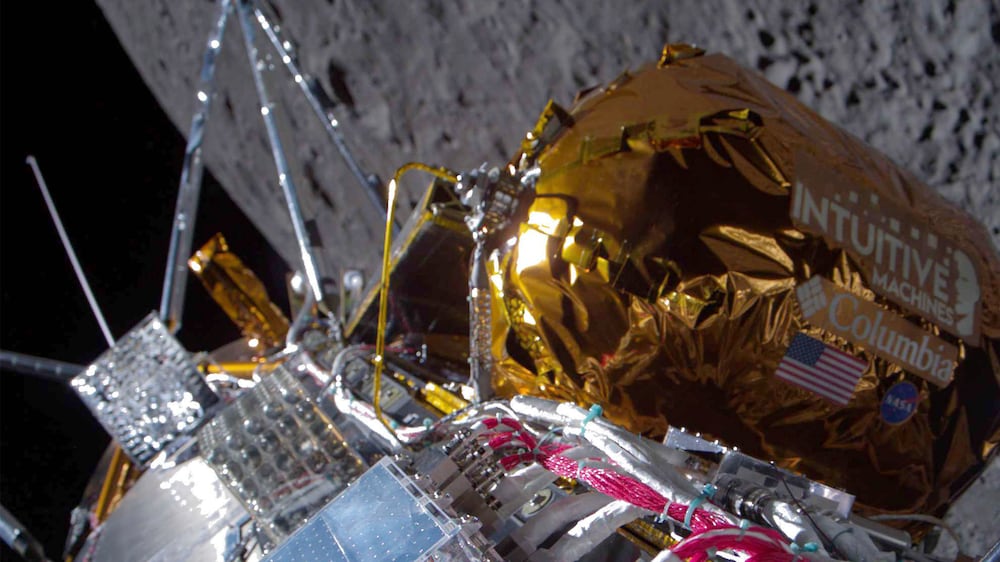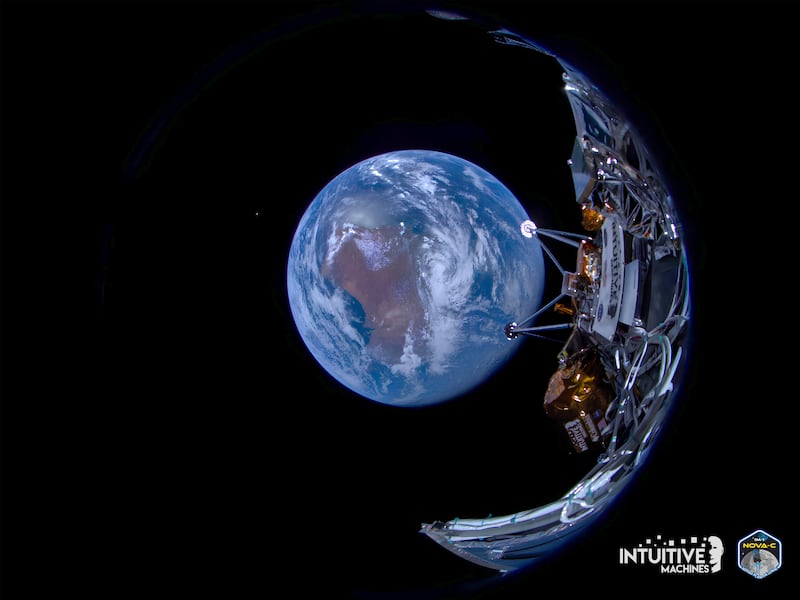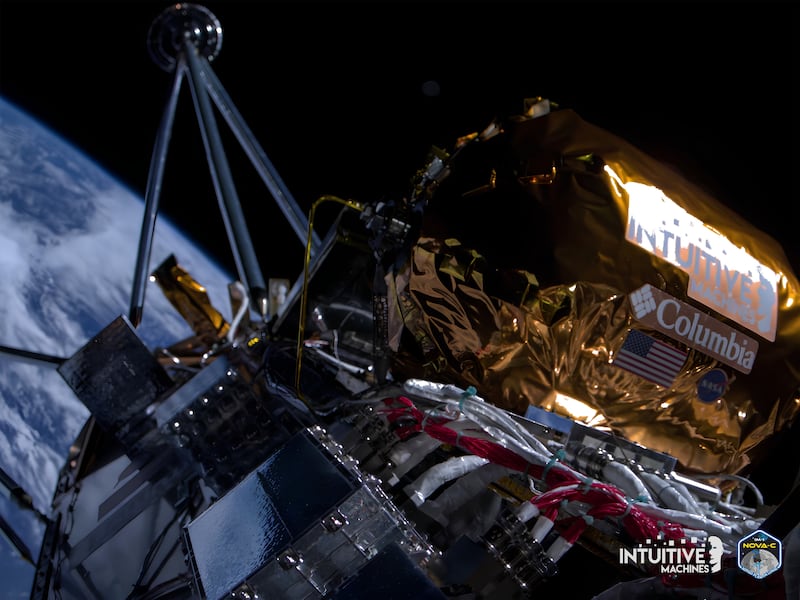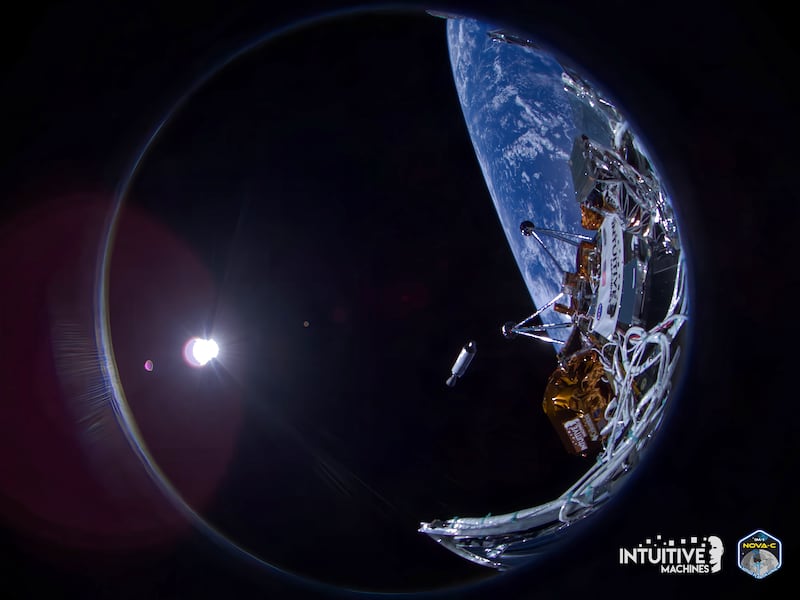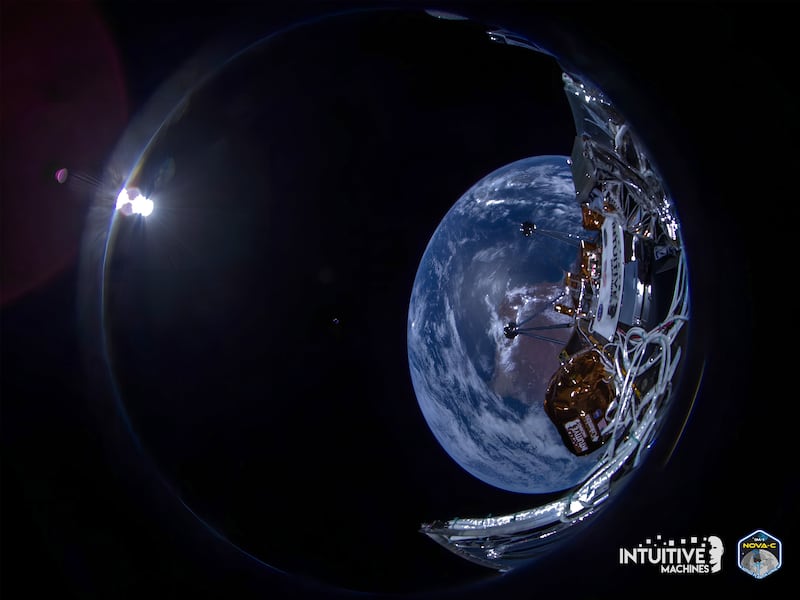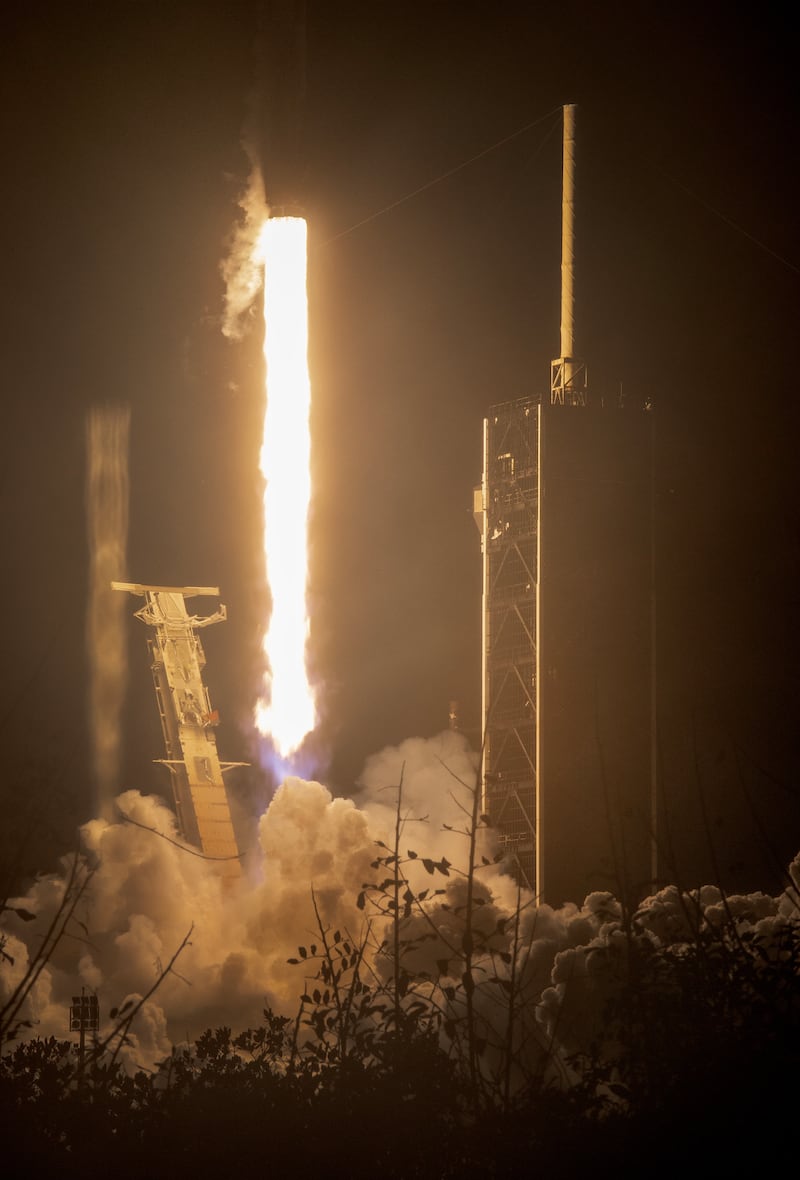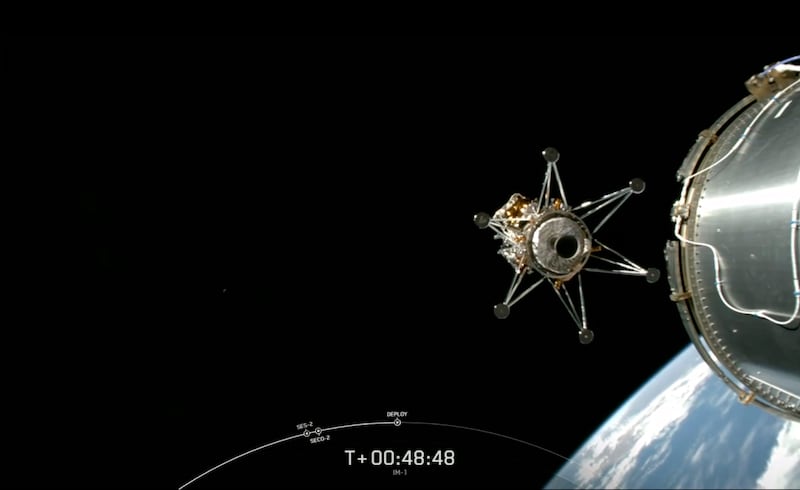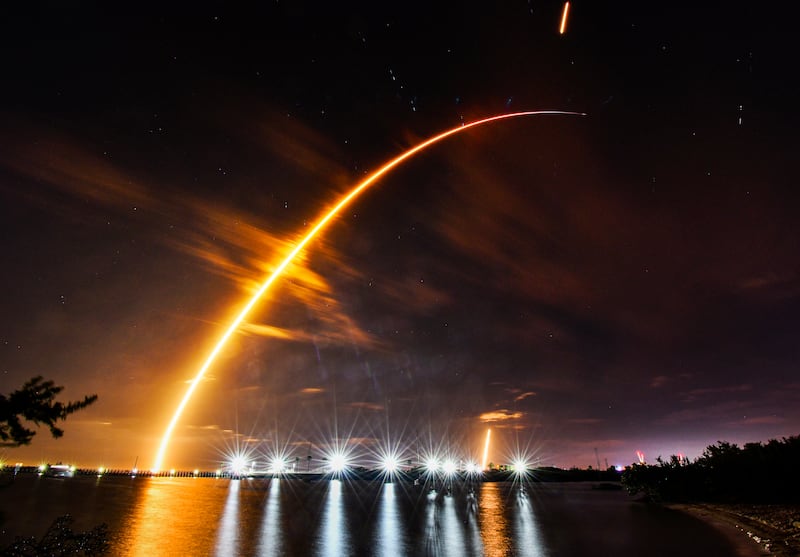A commercial US spaceship has landed on the surface of the Moon and flight controllers have received a signal from the vessel, the company behind the mission said on Thursday night.
“Without a doubt, our equipment is on the surface of the Moon and we are transmitting,” said Tim Crain of Intuitive Machines.
“Congratulations, IM team – we'll see how much more we can get from that.”
It marks the first US Moon landing in more than 50 years and is part of a new fleet of Nasa-funded, uncrewed commercial craft intended to pave the way for astronaut missions later this decade.
Until now, only the space agencies of the former Soviet Union, US, China, India and Japan have accomplished the feat, making for an exclusive club.
Underscoring the technical challenges inherent in the task, Houston-based Intuitive Machines was forced to make a late switch from using the craft's own navigation system, which stopped working, to an experimental laser landing system built by Nasa.
A previous moonshot by another US company last month ended in failure, raising the stakes to demonstrate that private industry has what it takes to repeat a feat last achieved by Nasa during its manned Apollo 17 mission in 1972.
The current mission is “one of the first forays into the south pole to actually look at the environmental conditions to a place we're going to be sending our astronauts in the future”, said senior Nasa official Joel Kearns.
“What type of dust or dirt is there, how hot or cold does it get, what's the radiation environment? These are all things you'd really like to know before you send the first human explorers.”
Odysseus was launched on February 15 on a SpaceX Falcon 9 rocket and has a new type of supercooled liquid oxygen, liquid methane propulsion system that allowed it to race through space in quick time.
Nasa hopes to eventually build a long-term presence and harvest ice on the Moon for both drinking water and rocket fuel under Artemis, its flagship Moon-to-Mars programme.
Instruments carried on Odysseus include cameras to investigate how the lunar surface changes as a result of the engine plume from a spaceship, and a device to analyse clouds of charged dust particles that hang over the surface at twilight as a result of solar radiation.
It also carries a Nasa landing system that fires laser pulses, measuring the time taken for the signal to return and its change in frequency to precisely judge the spacecraft's velocity and distance from the surface, to avoid a catastrophic impact.
The hardware will run for about seven days until lunar night occurs, which will render Odysseus inoperable.
The rest of the cargo was paid for by Intuitive Machines' private clients, and includes 125 stainless steel mini moons by the artist Jeff Koons.
There is also an archive created by a non-profit whose goal is to leave backups of human knowledge across the solar system.
Nasa paid Intuitive Machines $118 million to ship its hardware under a new initiative called Commercial Lunar Payload Services, which it created to delegate cargo services to the private sector to achieve savings and stimulate a wider lunar economy.
